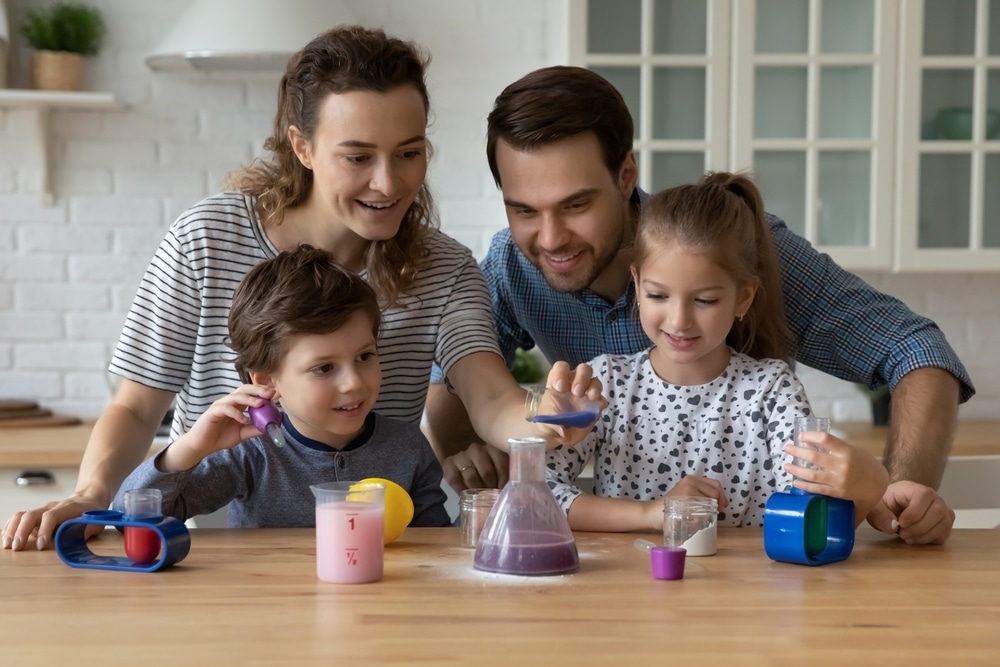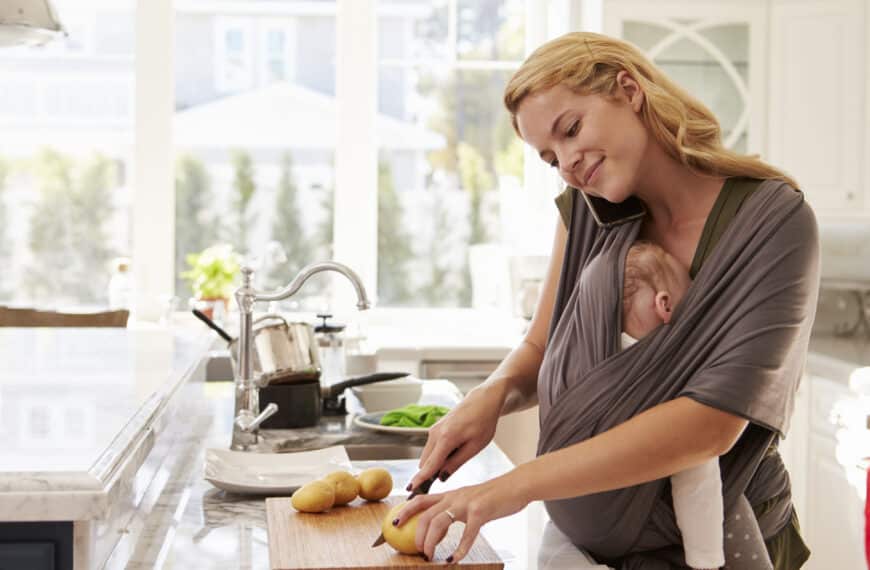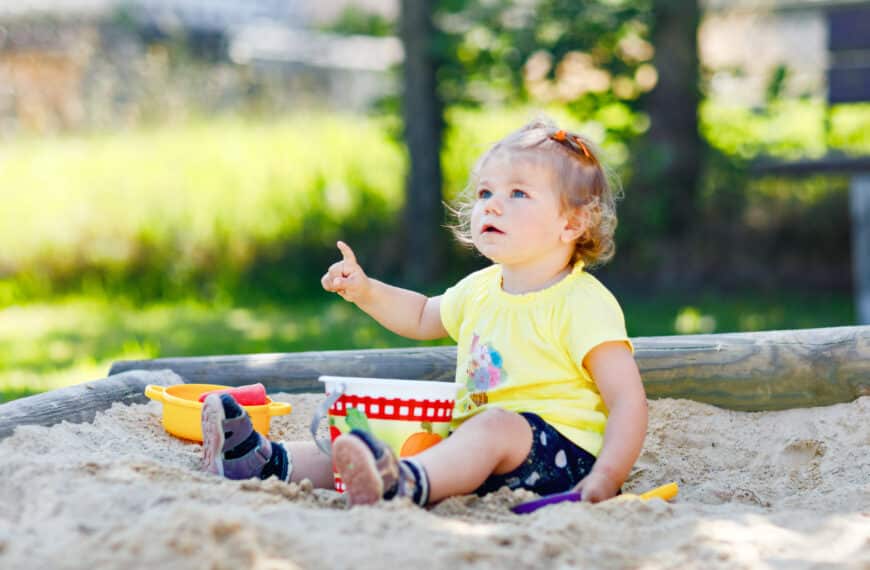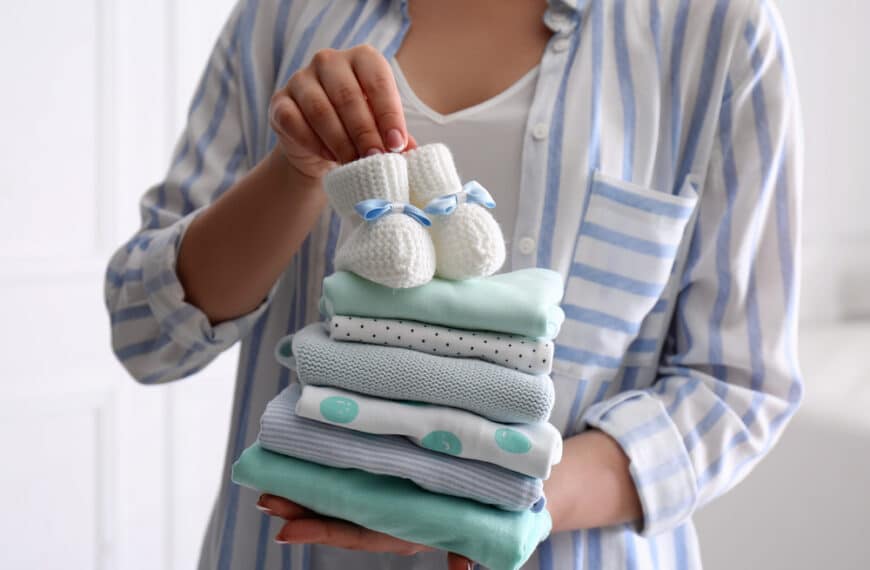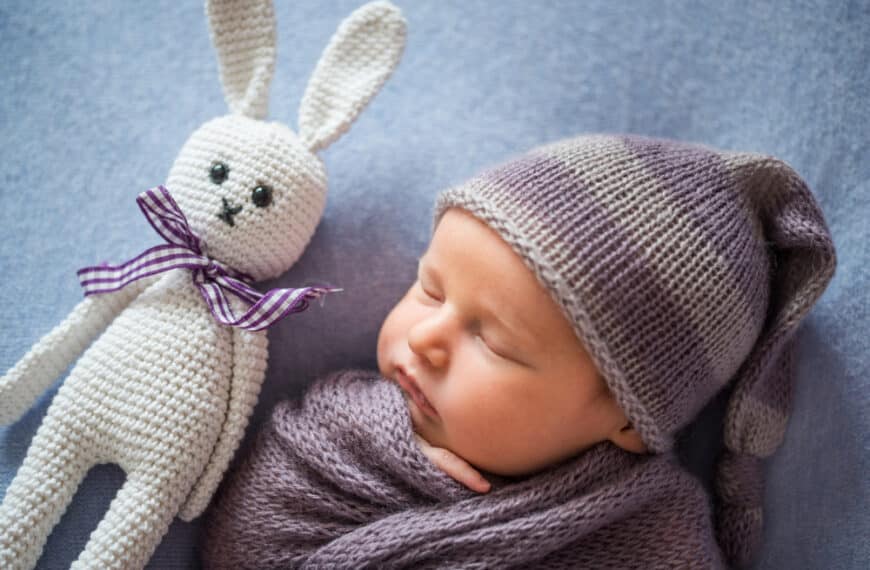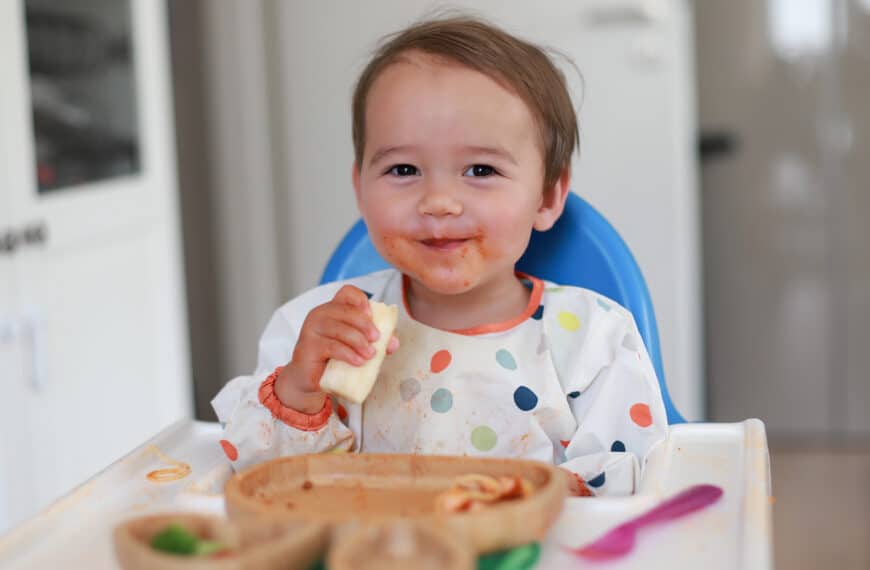The simplest objects can come in use; a cardboard box, a pile of leaves, a plastic bottle, or even a box of raisins. Did you know that raisins will bob up and down if placed into a glass of soda? It’s true!
Kids activities and simple science experiments don’t need to be complicated, and many of the best ones are made with basic household ingredients. For example, rock candy is made out of sugar and water, and oobleck is made from cornstarch and water. No need for a lab, fancy tools, or chemicals.
Here are 12 easy science experiments for kids. From dancing raisins to colored carnations, these experiments will spark curiosity and entertain kids with hands-on fun. So grab the kids, rummage through your pantry and junk drawer, and experiment!
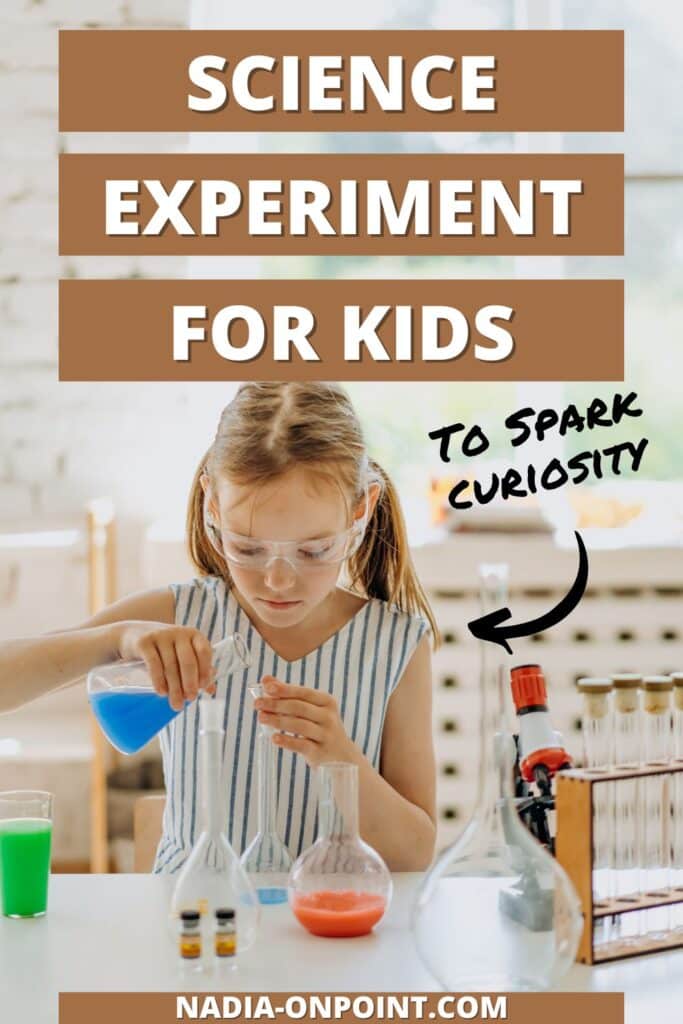
1. Fizzing Colors
Baking soda and vinegar are a simple combination that creates a fizzy reaction.
Supplies: baking soda, food coloring, distilled white vinegar, and a small bowl.
Scoop a spoonful of baking soda into a small bowl. Add a drop or two of food coloring. Slowly pour vinegar over the baking soda and watch the colorful mixture foam and fizz!
Tip: Use two or three colors of food coloring and see what colors are created when the colors mix.
2. Dancing Raisins
These dancing raisins will bounce until they run out of bubbles. For best results, use clear soda.
Supplies: raisins, lemon-lime (or any clear) soda, and a glass.
Place a few raisins into a glass or jar. Fill the glass with soda. The bubbles from the carbonated soda will surround the raisins, bringing the raisins to the surface before they fall back to the bottom of the glass and start the cycle all over again.
3. Freaked Out Pepper
Watch as the pepper races to the edge of the bowl in this easy experiment. This experiment is one that kids will want to do over and over!
Supplies: water, black pepper, dish soap, and a shallow bowl.
Fill a shallow bowl or pie pan with water. Sprinkle the surface with black pepper. Squeeze a drop of dish soap onto your finger, then dip your finger into the water in the center of the bowl. All of the pepper will immediately rush to the edges of the bowl.
4. Butter in a Jar
Homemade butter is an edible science experiment! Observe what happens when you shake the cream for an extended period of time, then spread the homemade butter onto a slice of bread.
Supplies: heavy cream, marble, and a small jar with a lid (baby food jars work well).
Fill a small jar halfway with heavy cream. Place a marble in the jar and secure the lid. Shake vigorously for 5-8 minutes. The cream will start as a liquid before thickening and finally separating. Drain off the liquid (buttermilk) and press the butter together.
Tip: You can do this experiment without the marble, but it will take longer.
5. Colored Carnations
An easy science experiment and centerpiece all in one. Watch the colors rise through the stem like magic. Note: you can use celery instead of carnations if you’d like.
Supplies: water, food coloring, white carnations, and a jar or vase.
Fill a glass or small vase with water. Add 10-12 drops of food coloring and mix. Next, trim each carnation’s stem at an angle and place it into the vase of water. As the carnations soak up the water, the color will begin to show along the edges of the petals. It will take a few hours to see the final result, but it is worth the wait.
Tip: Try this experiment with various colors to see which color creates the most vibrant carnation. The results might surprise you.
6. Homemade Bubbles
Make bubbles this summer with this three ingredients recipe. On their own, water, glycerin, and dish soap are common everyday items. However, when mixed, they make a great bubble solution. You can adjust the recipe to make a large container that will last all summer.
Supplies: water, dish soap, glycerin, a jar, a bubble wand, or pipe cleaners.
Combine 1 cup of water, four tablespoons of dish soap, and a tablespoon of glycerin in a jar. When mixed, these ingredients turn into a bubble solution. Dip a bubble wand into the mixture, then blow to create bubbles.
Tips: Try making a bubble wand with pipe cleaners. You can bend pipe cleaners into all sorts of fun shapes. You can even blow bubbles with your hands. First, pour the solution into a shallow pan. Then, touch both thumbs and pointer fingers to create a circle and dip it into the bubble solution.
7. Cornstarch Slime (Oobleck)
Is it a liquid or a solid? It’s both. This fun slime (sometimes called oobleck) will slip through your fingers if you try to hold it, but it turns solid when you add pressure.
Supplies: cornstarch and water.
Combine 1 ½ cups of cornstarch and 1 cup of water in a bowl. Mix with your hands. Add more cornstarch (up to ½ cup) as you mix to get the perfect consistency.
Tip: Cover your work surface with a plastic table to keep messes to a minimum.
8. Does Smell Affect Taste?
People might sometimes mention that they struggle to taste food when congested or have a stuffy nose. Does smell affect taste? Let’s find out.
Supplies: various foods with the same size and texture, blindfold, and paper to record results.
Tie a blindfold around the participant’s head and have them plug their nose while sampling different foods. Were they able to correctly guess what they just ate? Did the food taste different without the sense of smell? Record your findings on paper and compare them with the whole family.
Tip: Candy (such as Skittles) is an excellent option since the pieces are the same size and consistency. Some foods, like a banana, would be easy to guess because of the texture and sweetness, even when blindfolded.
Smell Variation: Add a few drops of scented oil (peppermint) or vinegar to a cotton ball. Hold the cotton ball under the participant’s nose instead of plugging their nose, and see if the scent distracts their taste buds.
9. Fizzy Sidewalk Paint
Paint your sidewalks with this paint, then spray it with vinegar to watch it fizz. A fun activity for kids and science experiment all in one.
Supplies: 1 box of baking soda (1 cup), ½ cup corn starch, warm water, a couple of drops of food coloring, vinegar, a bowl, cups or muffin tin, a small spray bottle, and foam paintbrushes.
Combine baking soda and cornstarch in a bowl. Add warm water until desired paint consistency is achieved (thicker is better). Divide the mixture into smaller bowls or muffin tins and mix in a couple of drops of food coloring in each cup. Stir. Paint sidewalks with sidewalk paint. Fill a small spray bottle with vinegar and spray the dried sidewalk paint with vinegar. Watch the paint fizz and bubble!
10. Oil and Water
Watch what happens when you add droplets of colored water to a cup of oil. Do the two substances mix?
Supplies: baby oil (or vegetable oil), water, food coloring, clear cups, and a dropper.
Fill a small clear cup ⅔ full with baby oil. Next, fill a few small cups with water. Add food coloring to each cup of water to create different colors. Stir. Use droppers to move the colored water into the cup of oil. Observe what happens when you add the water to the oil.
11. Swirling Milk
This simple experiment is similar to the Freaked Out Pepper experiment. Watch as bursts of color swirl on top of milk.
Supplies: milk, food coloring, cotton swab, dish soap, cereal bowl.
Fill a bowl with milk. Add a few drops of food coloring (use different colors) in the center of the milk (do not stir). Next, squeeze a small amount of dish soap onto the end of a cotton swab. Touch the end of the cotton swab onto the colors in the center of the bowl and watch them swirl. You can touch the end of the cotton swab to the colors a few times until the soap runs out.
12. Rainbow Skittles
Create a rainbow of colors with two simple ingredients. Then, watch the colors slowly move together to create a beautiful sight.
Supplies: Skittles, water, and a white dinner plate.
Arrange the Skittles into a large circle in the center of a white dinner plate. Slowly pour a cup of water over the Skittles. The candy coating is made from sugar and food coloring and will dissolve once the water touches it, causing a rainbow of colors to appear across the plate.
Tips: Do this experiment twice, once with cold water and once with warm water. Which one reacts faster? Use a white dinner plate for the best results.
This article originally appeared on Wealth of Geeks.
More Ideas from this Category
About the author
Brandy Nelson
Brandy is the creator and owner of www.gluesticksblog.com and shares simple crafts and recipes made with simple supplies and ingredients. She is the author of Sew With Me, and her content has been featured in Family Fun, Apartment Therapy, All You, Taste of Home, and Woman's Day. When given a choice between a good book or making something, she will always choose to create.

